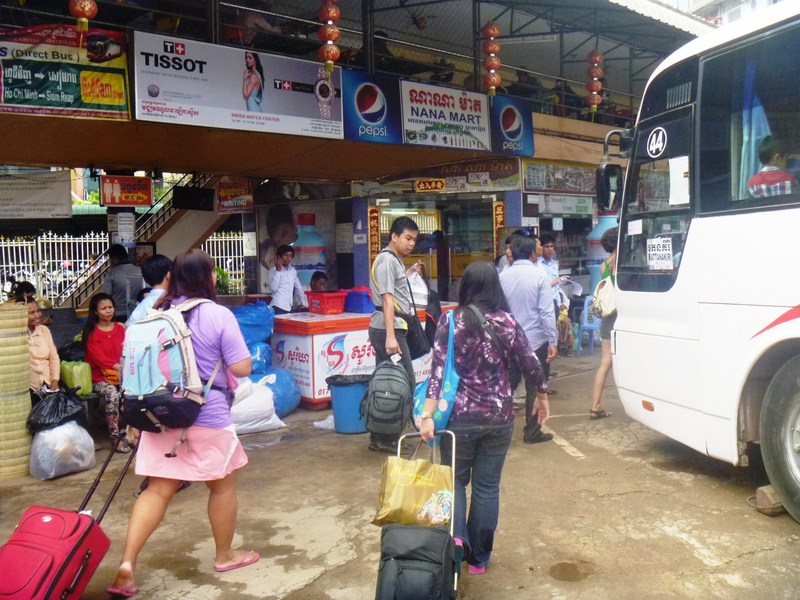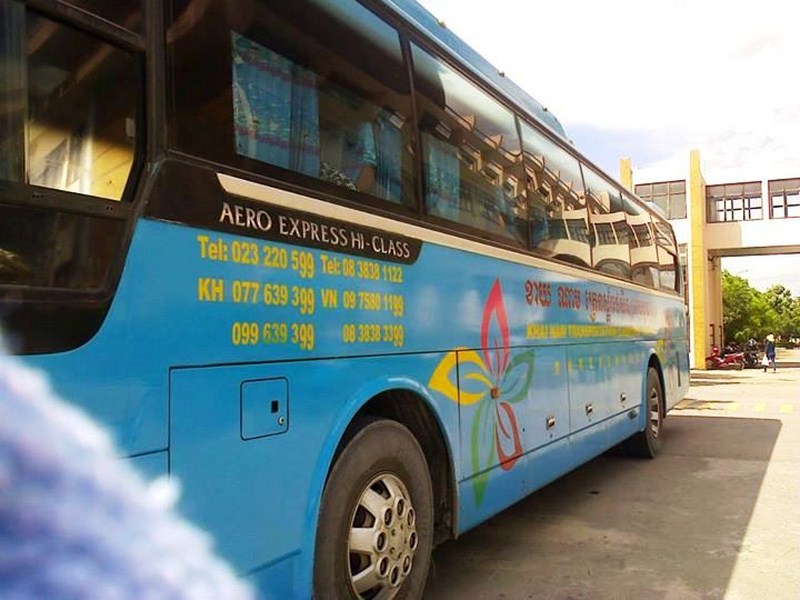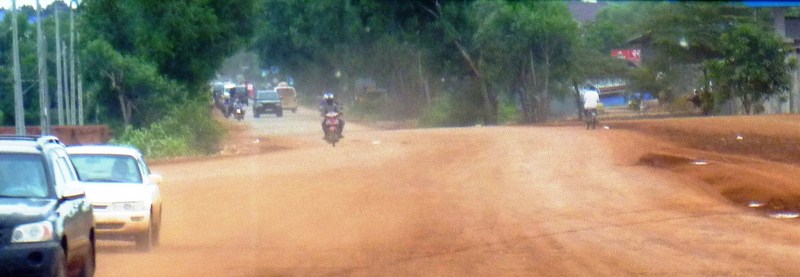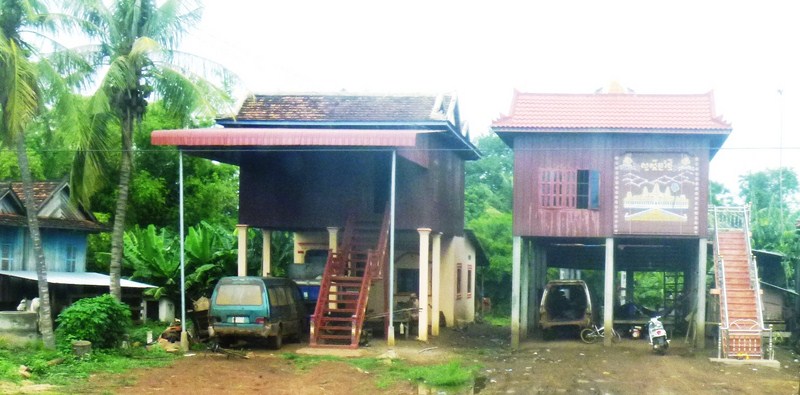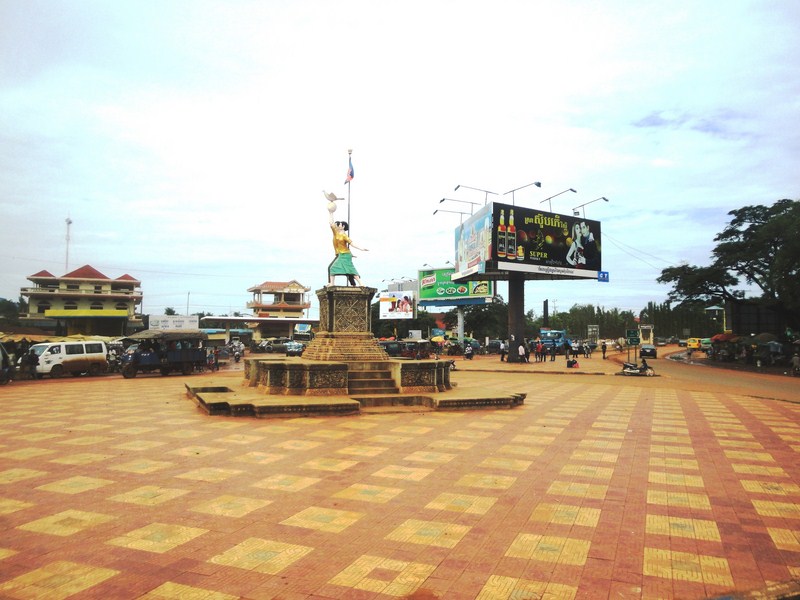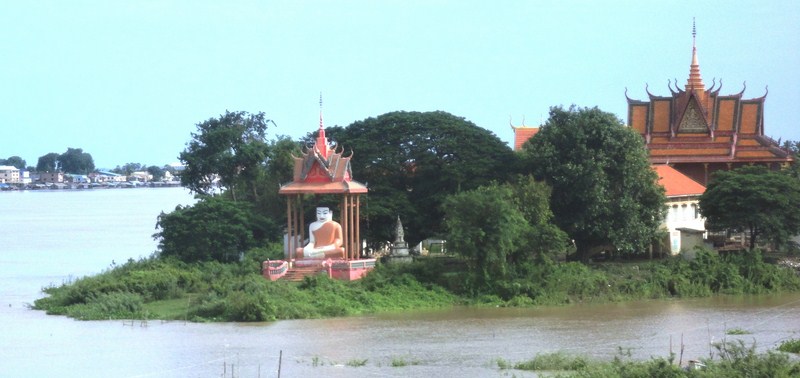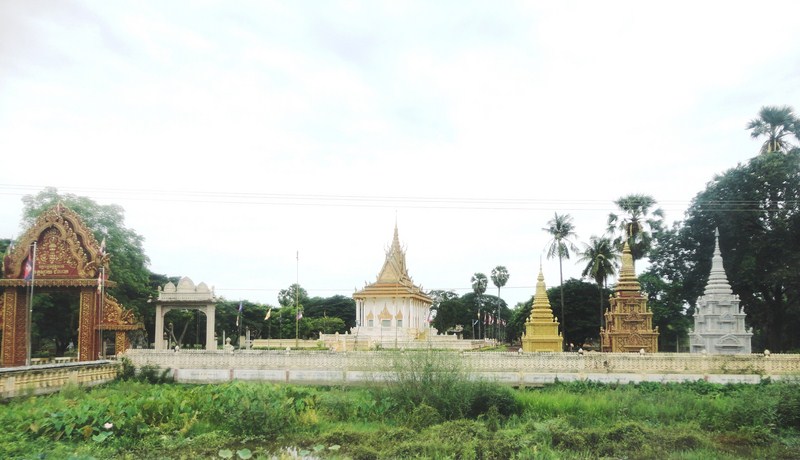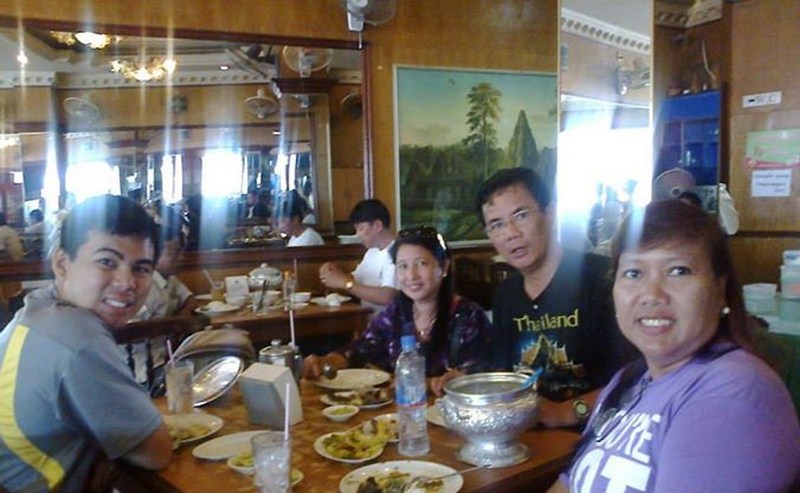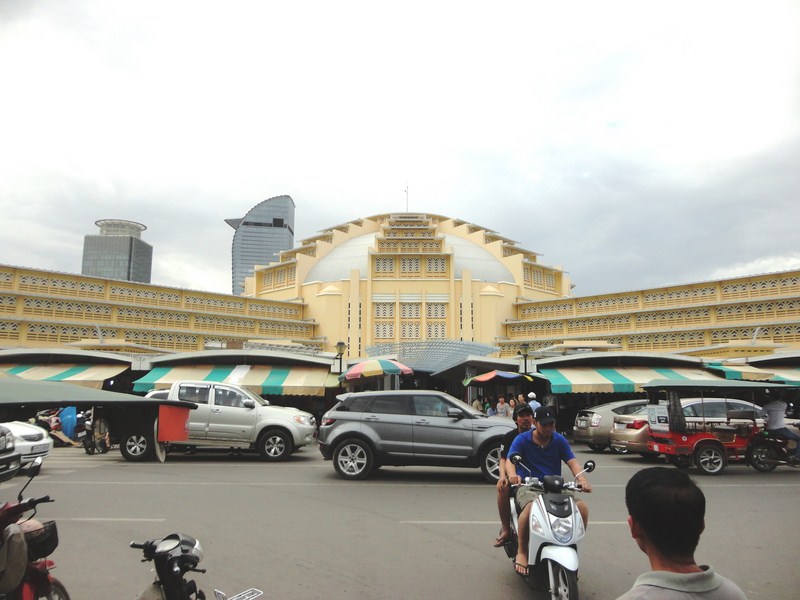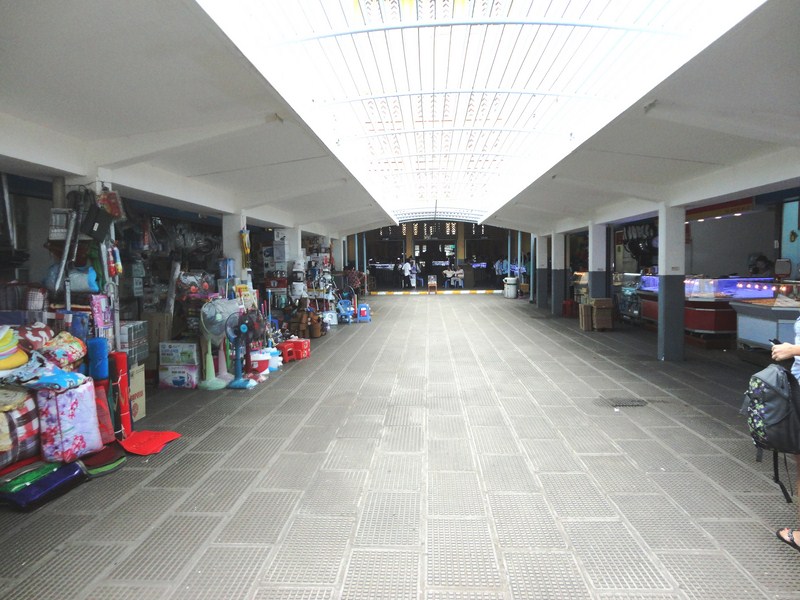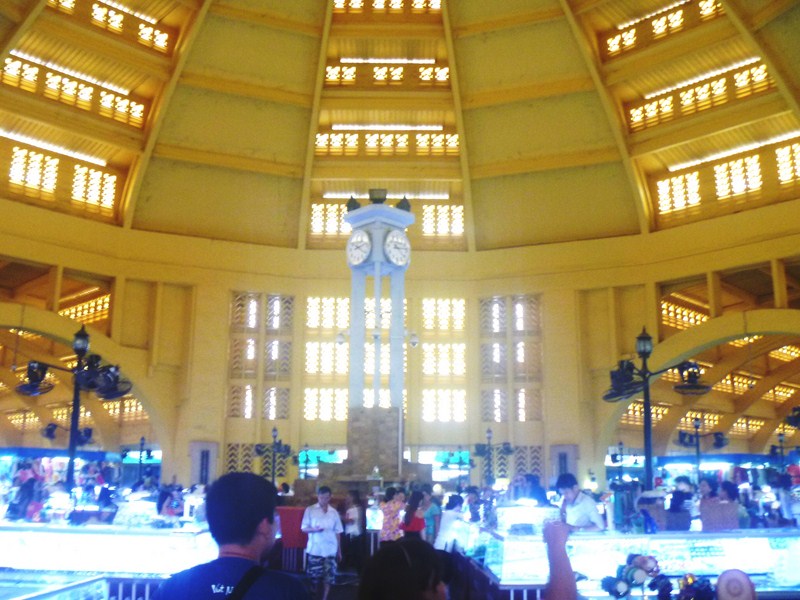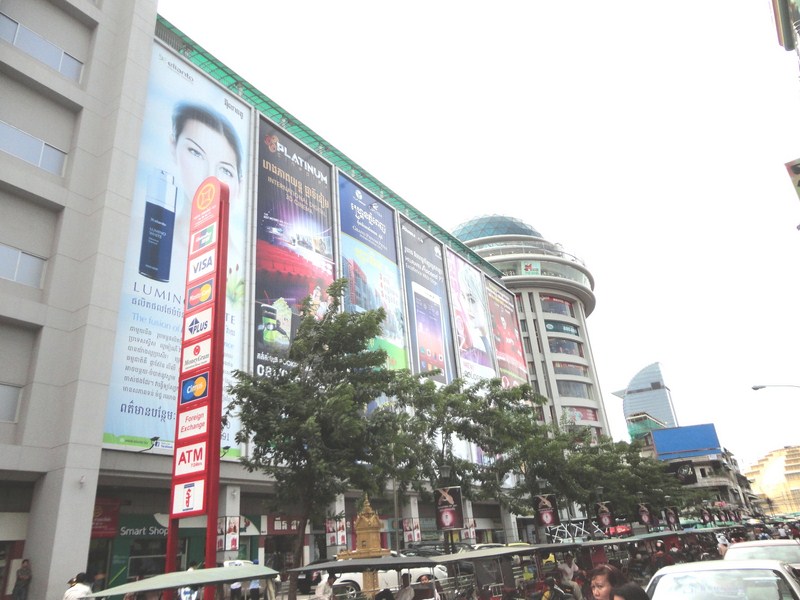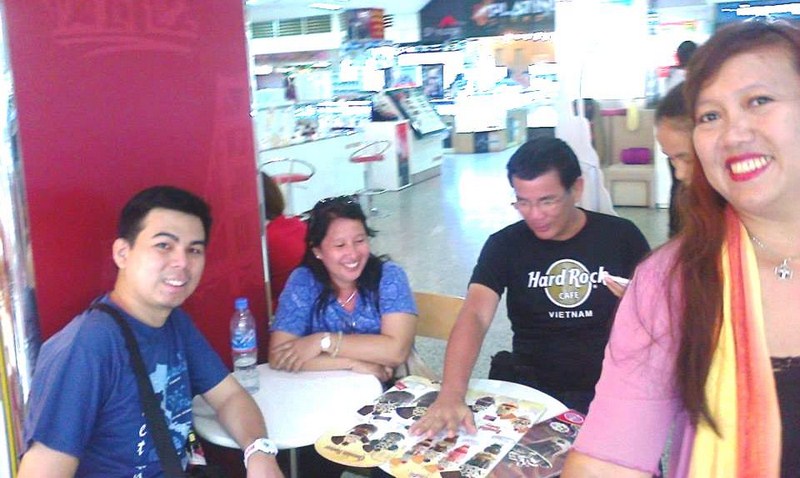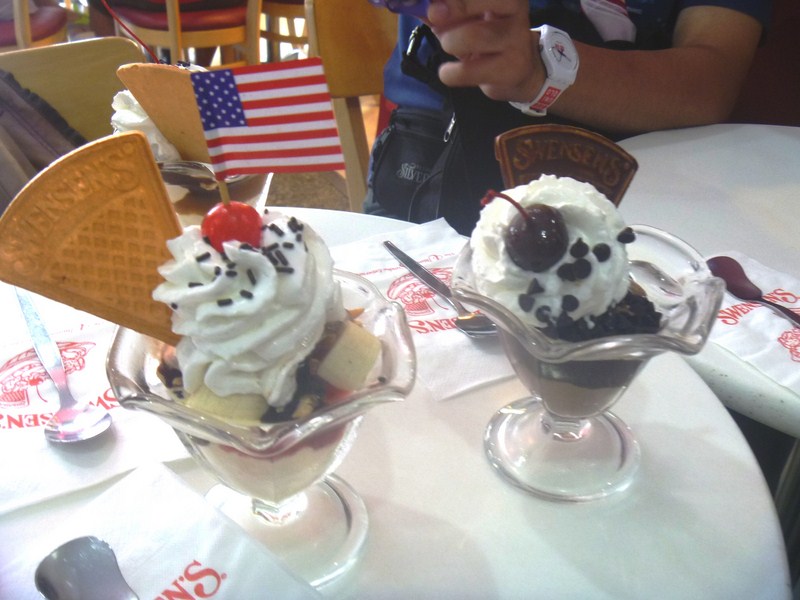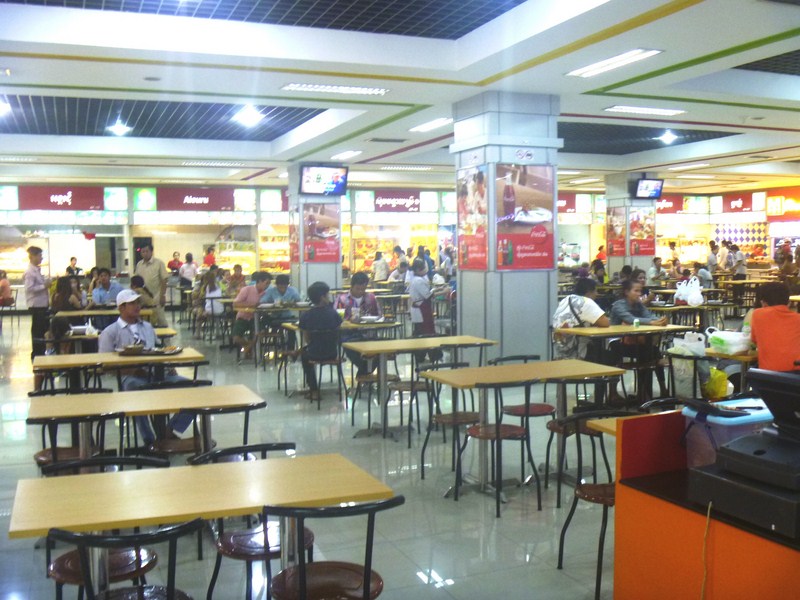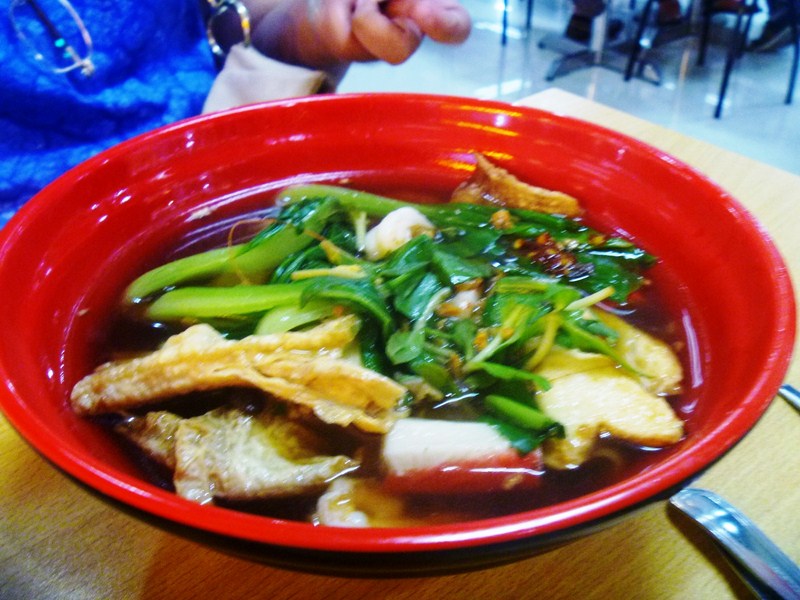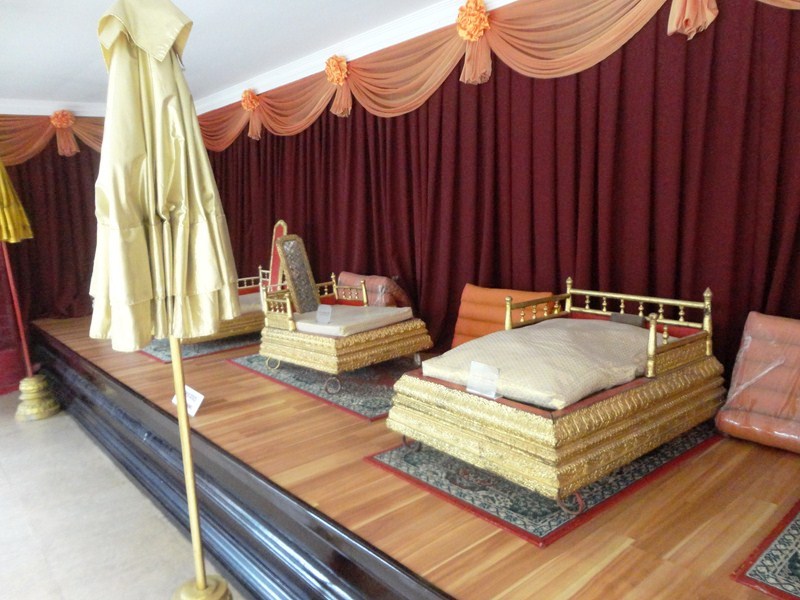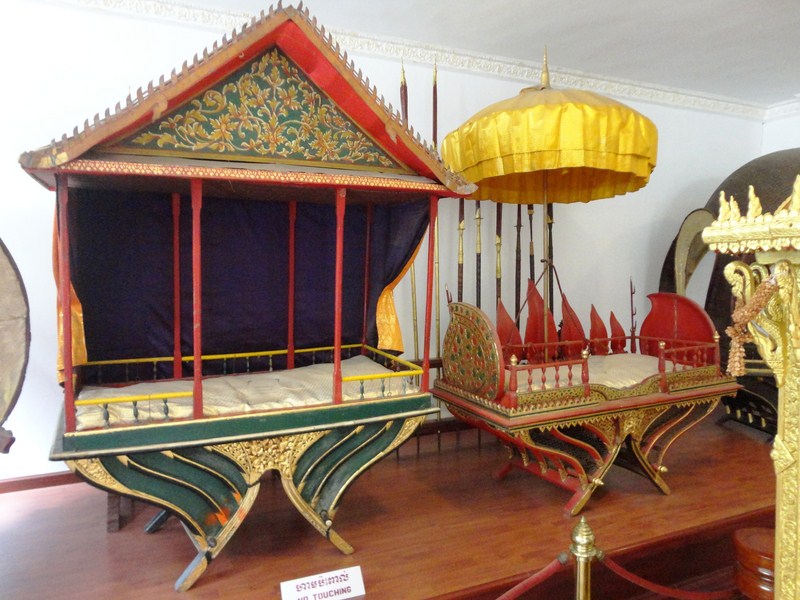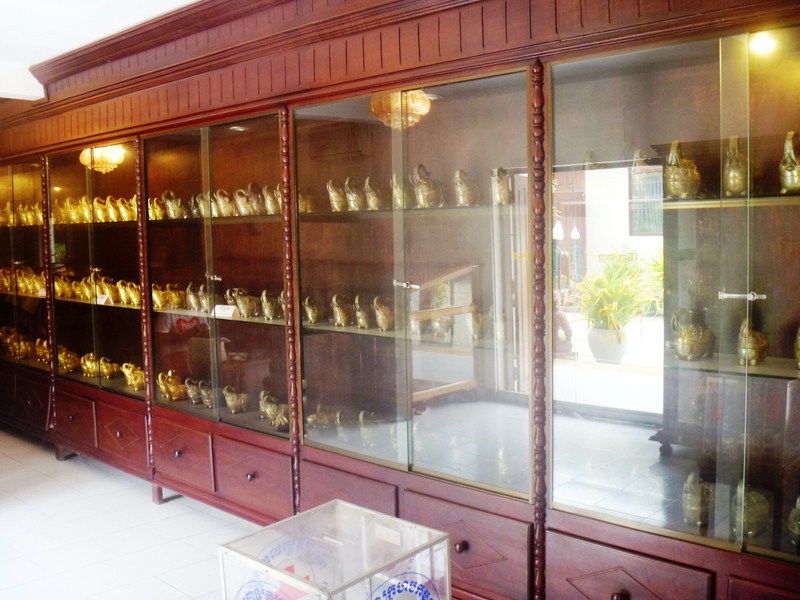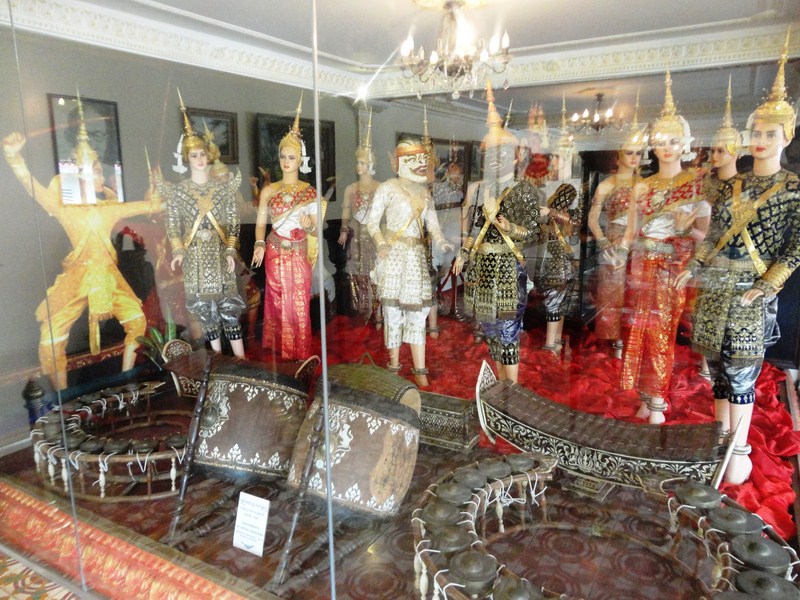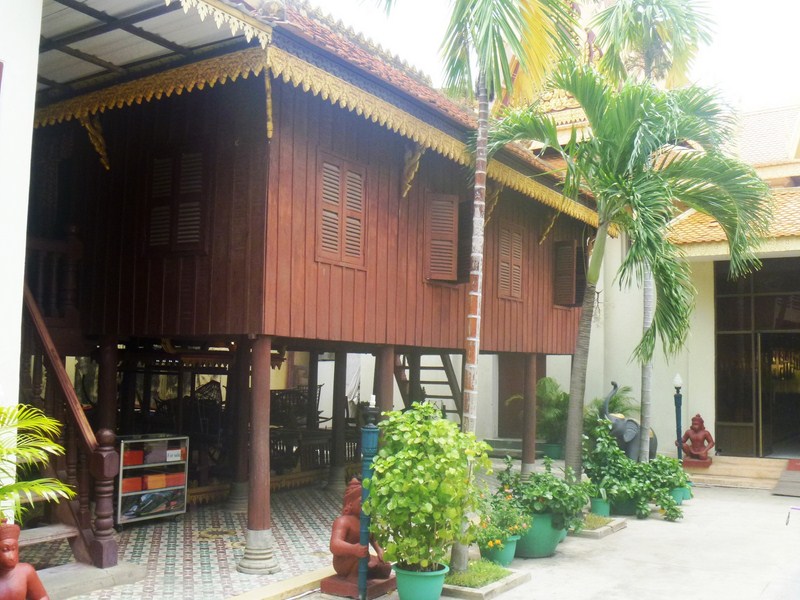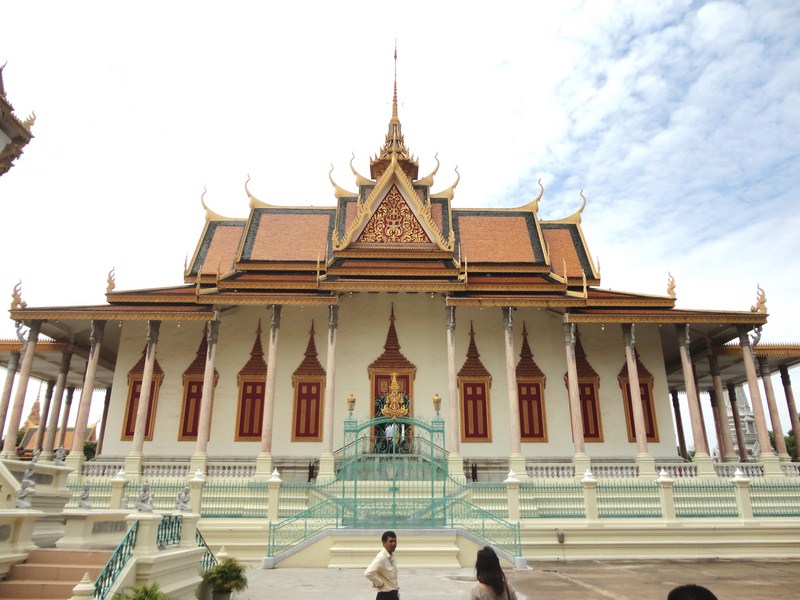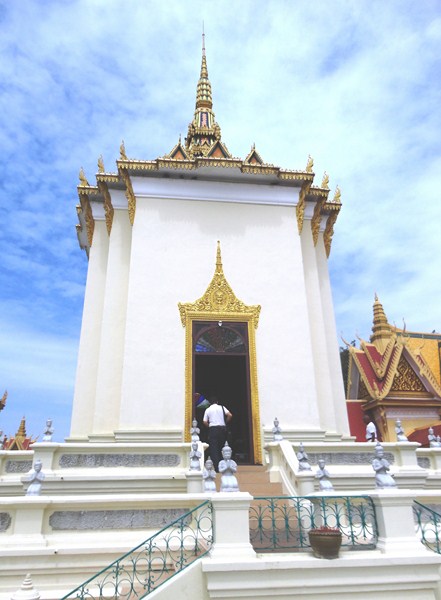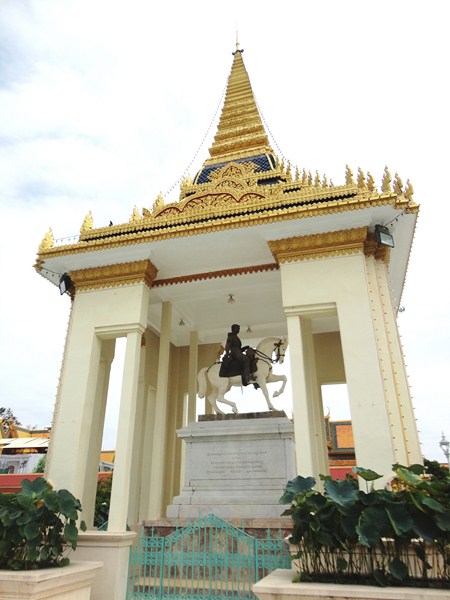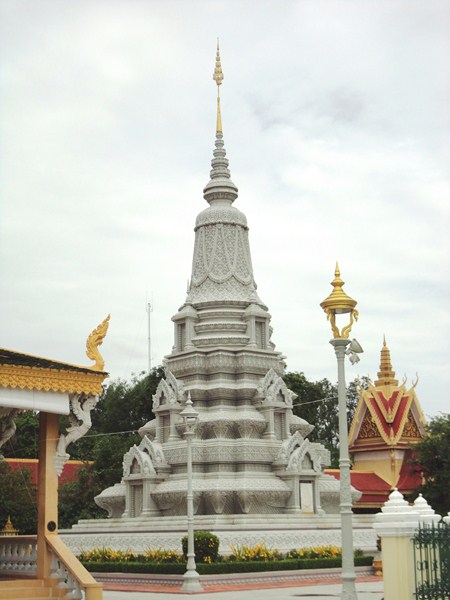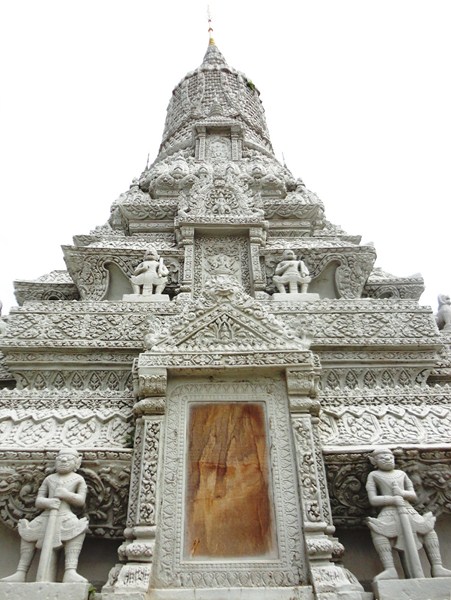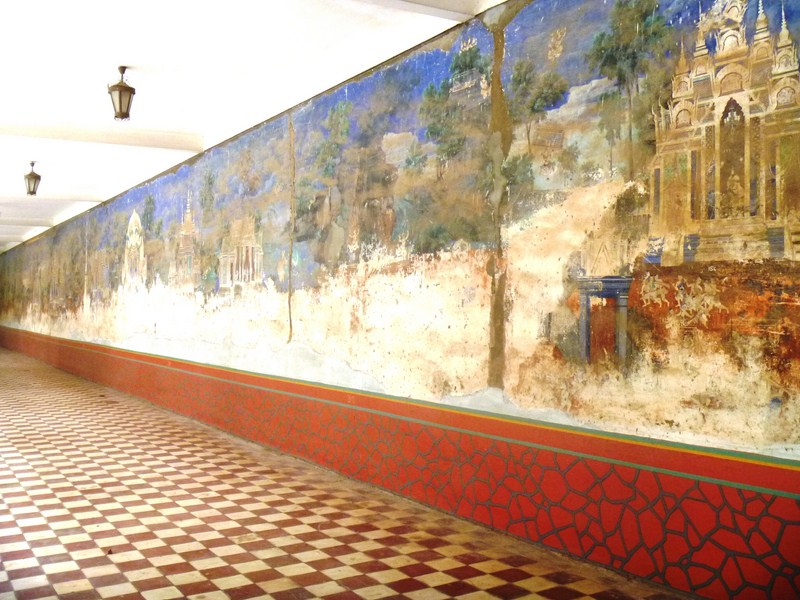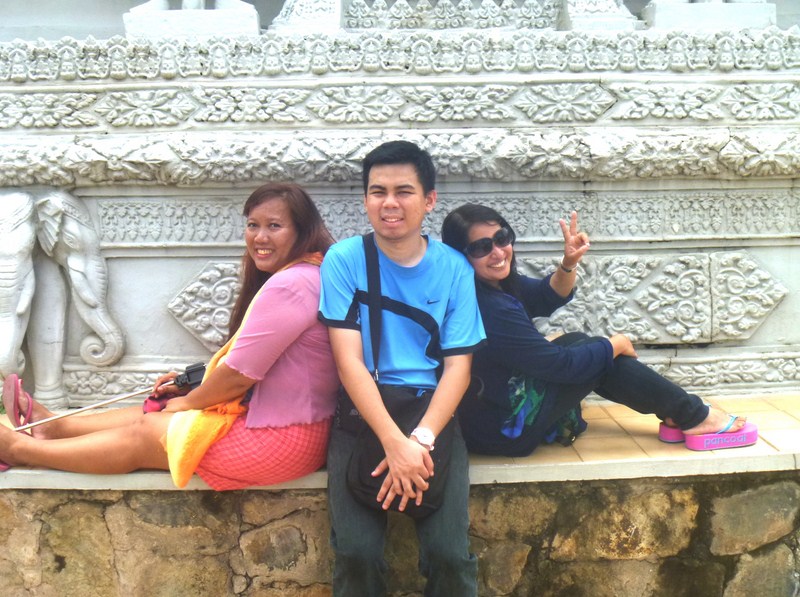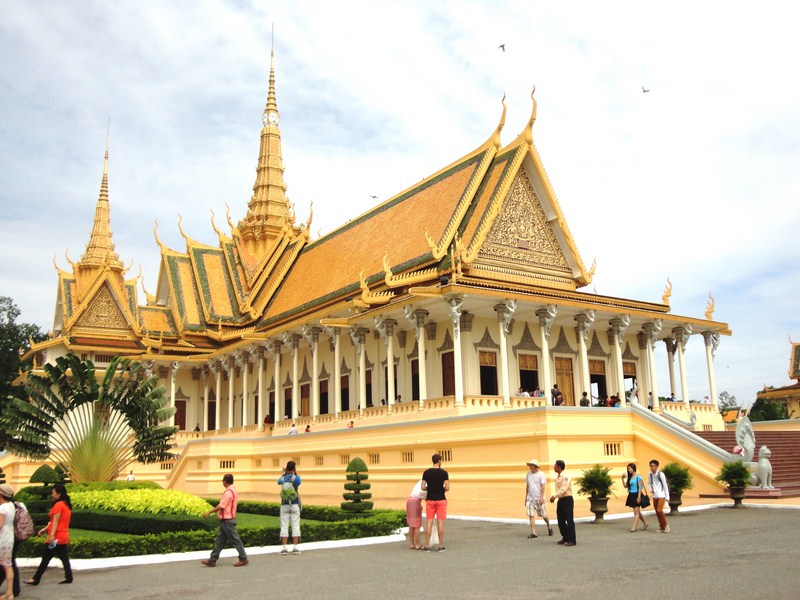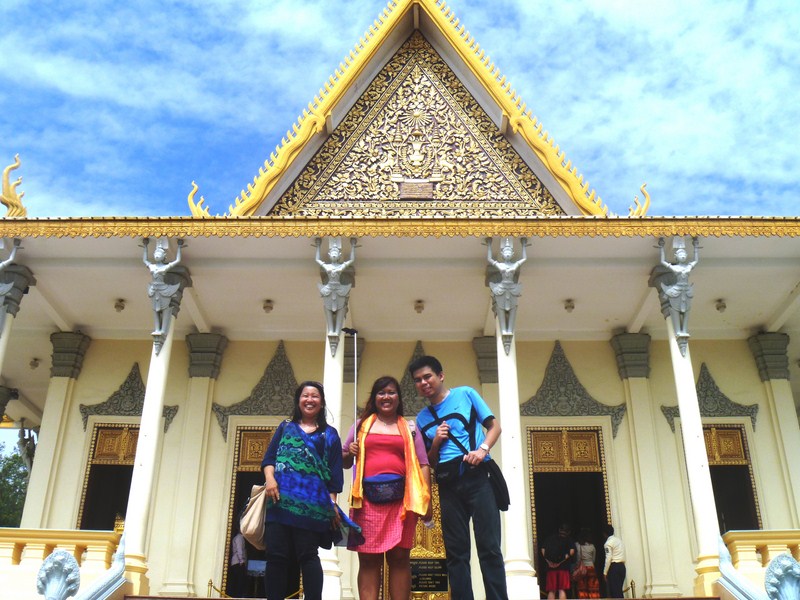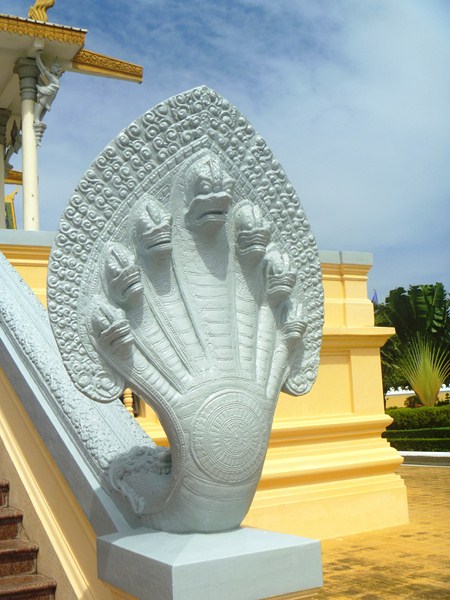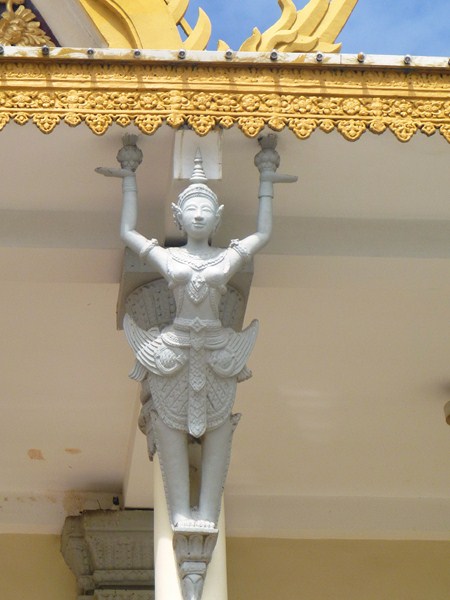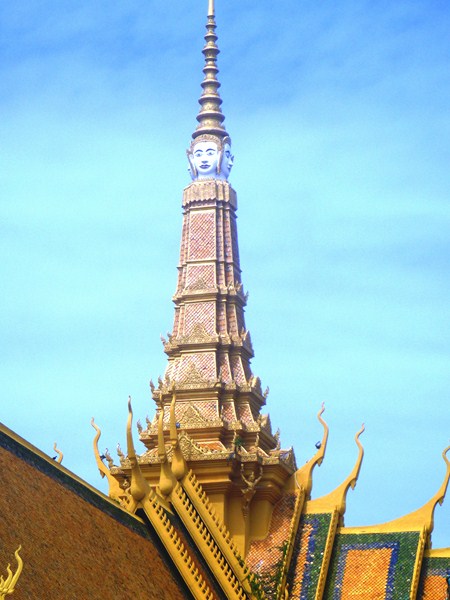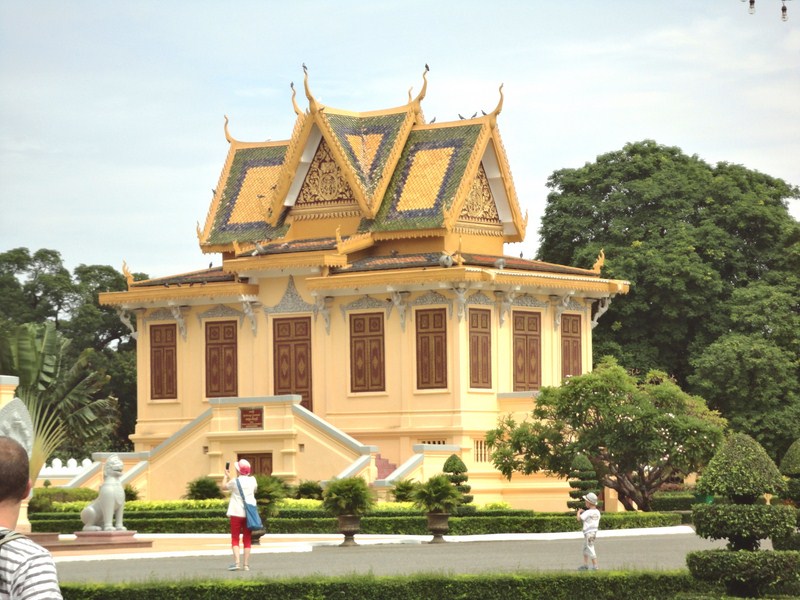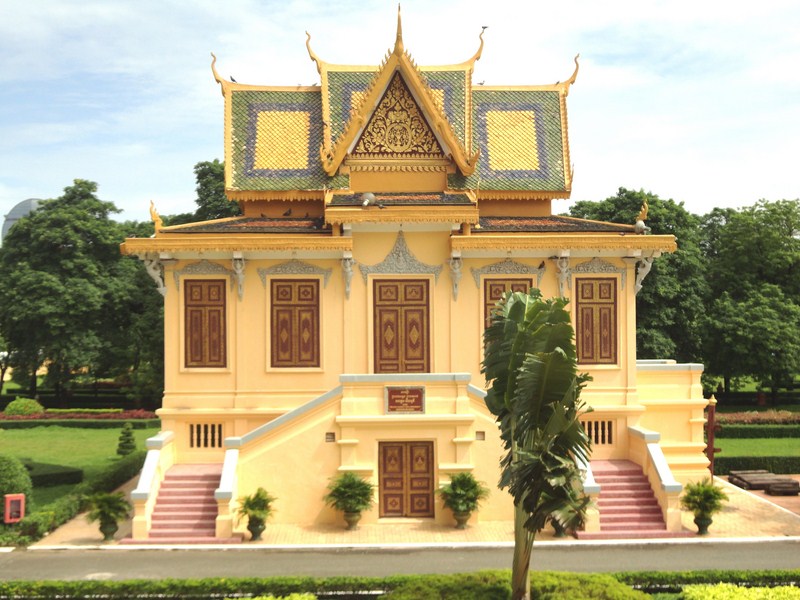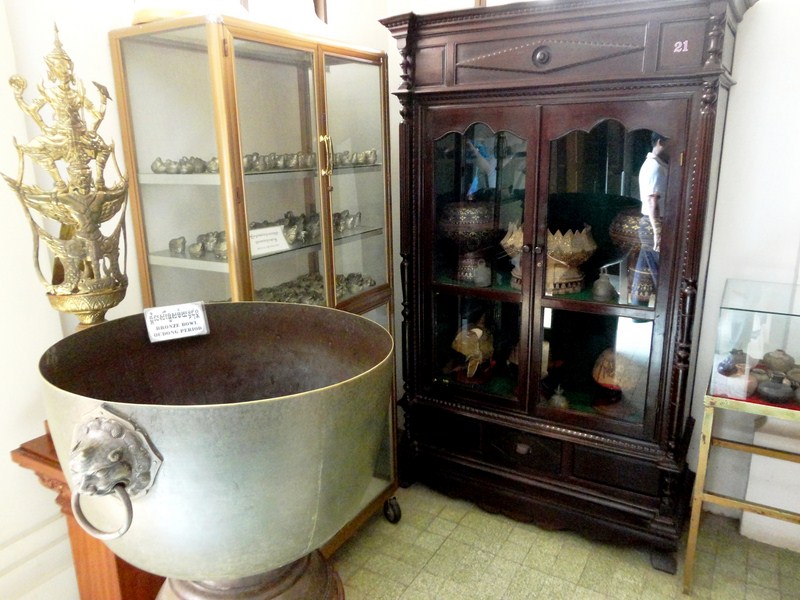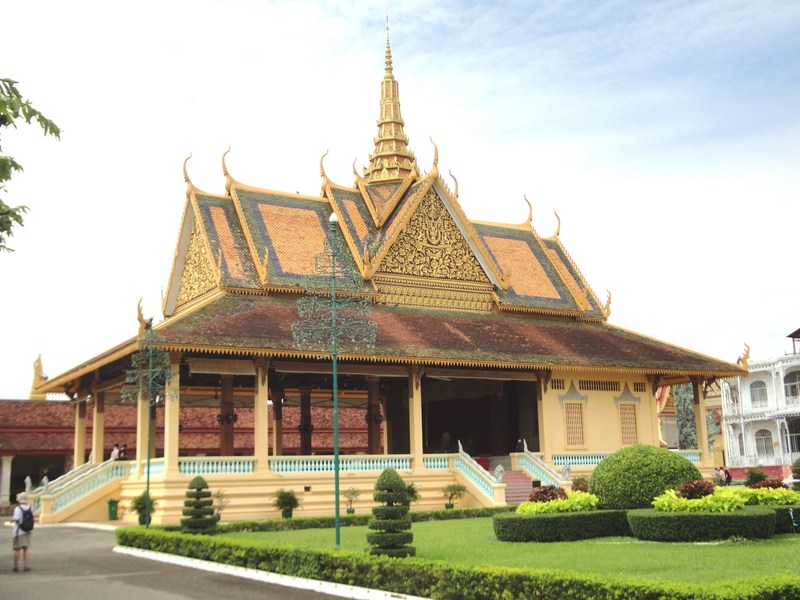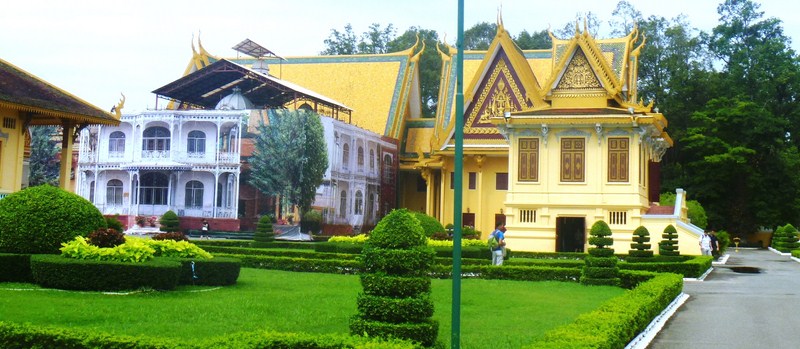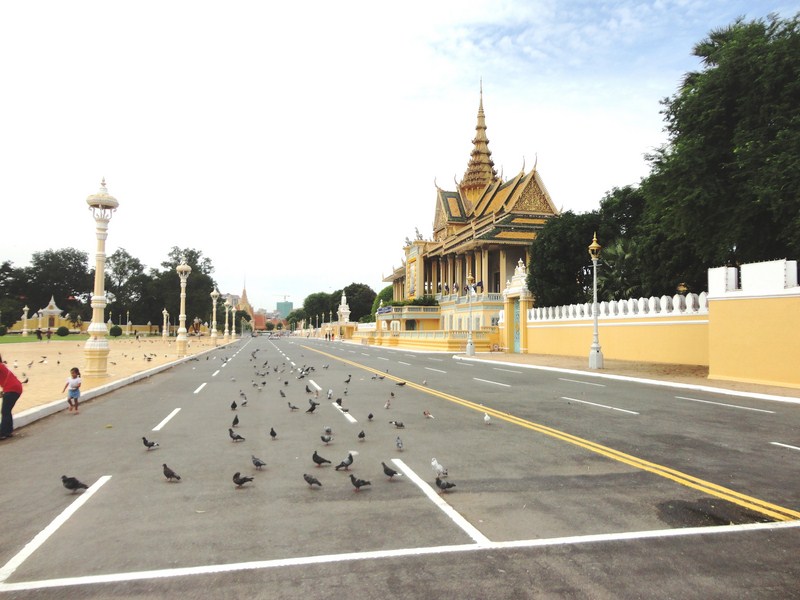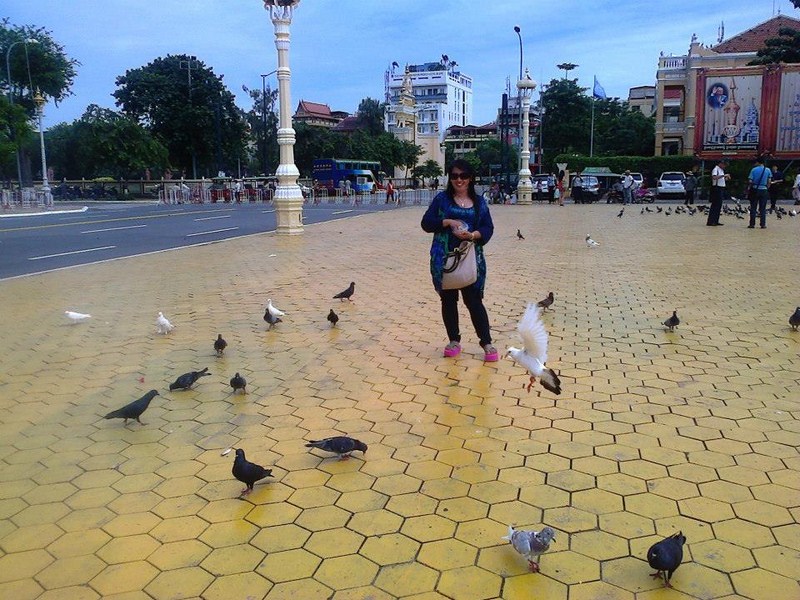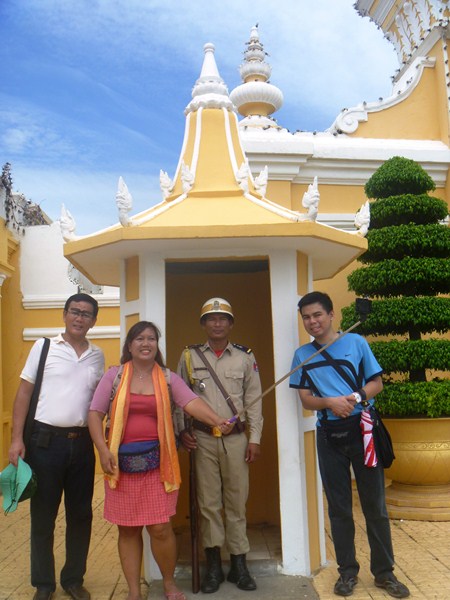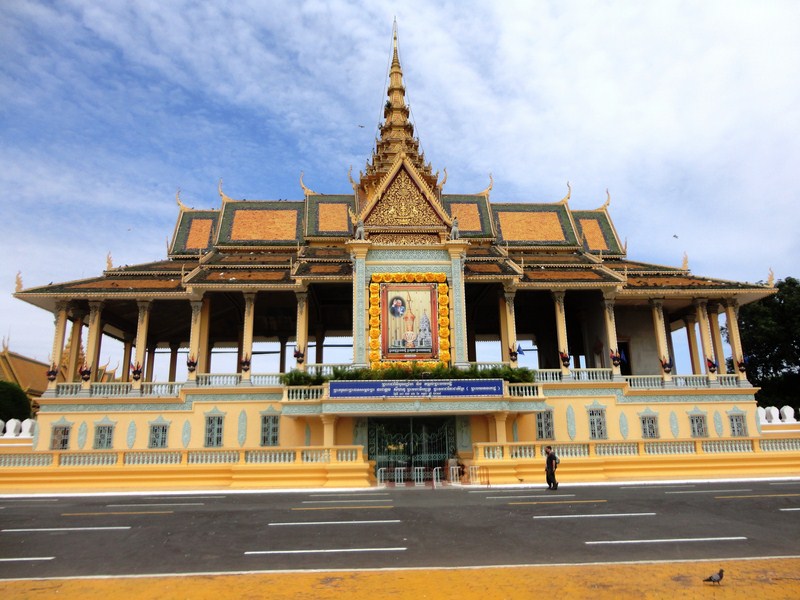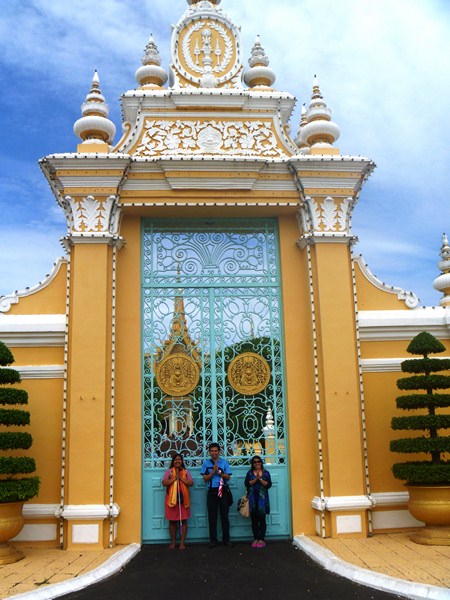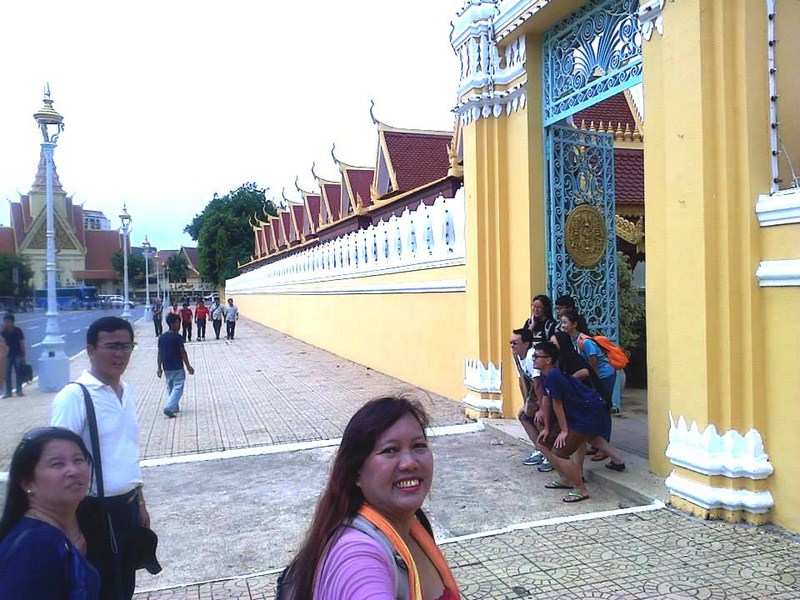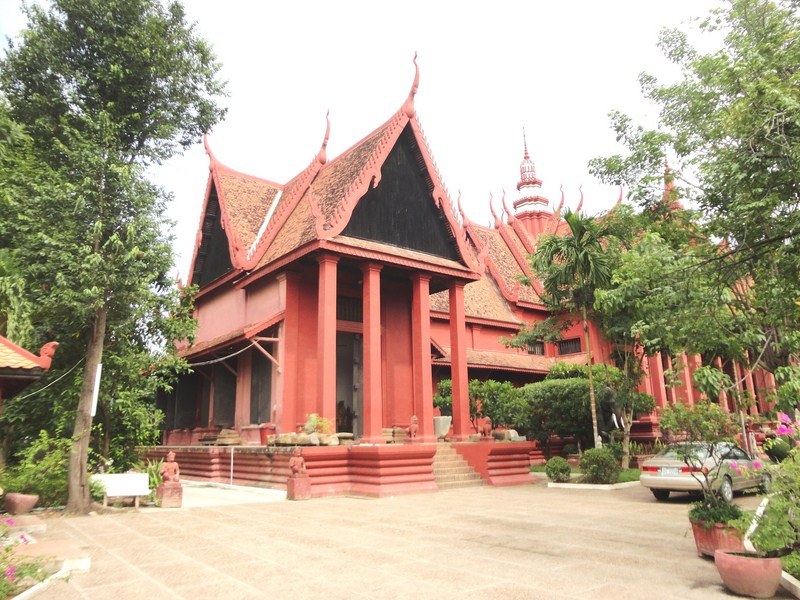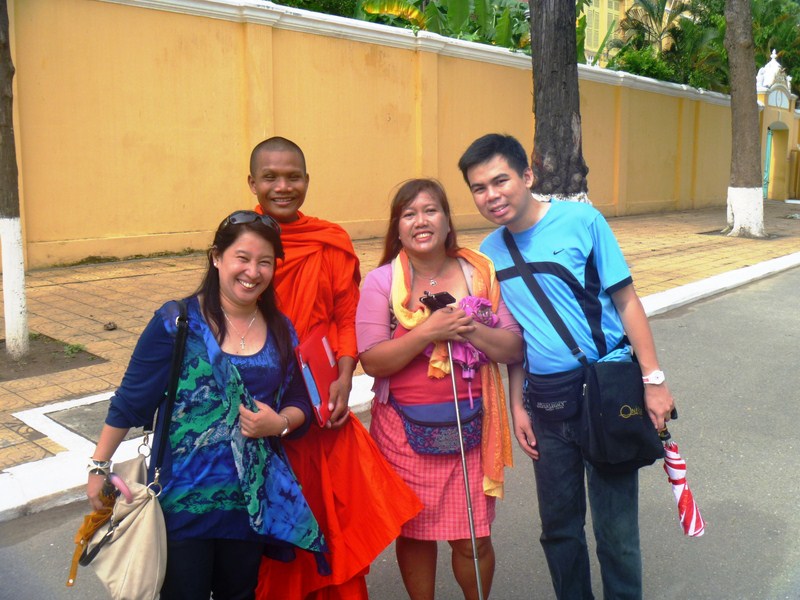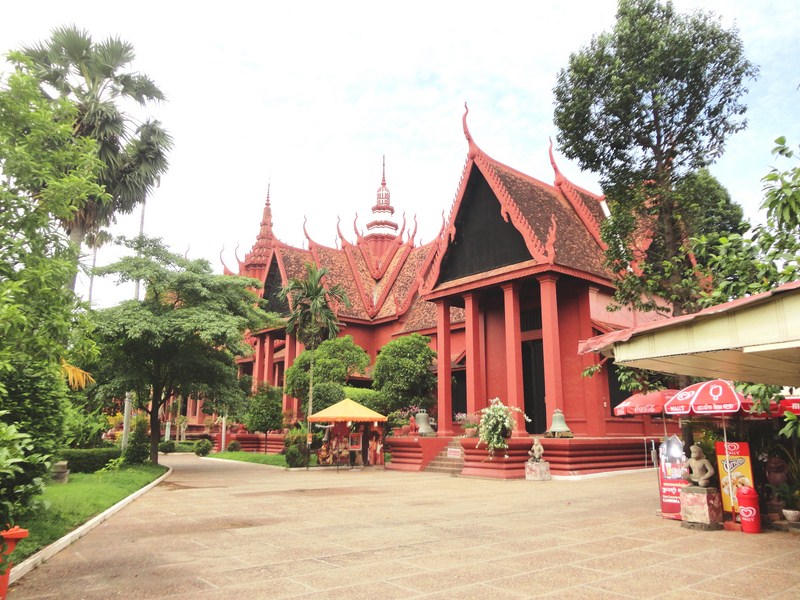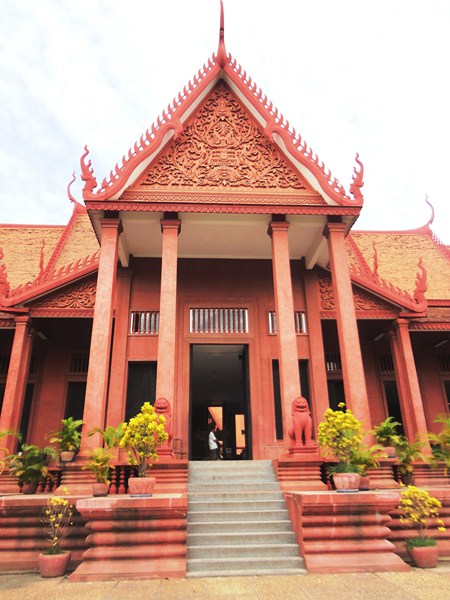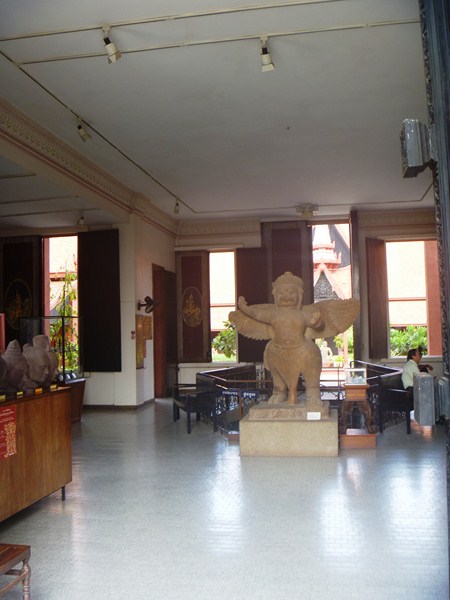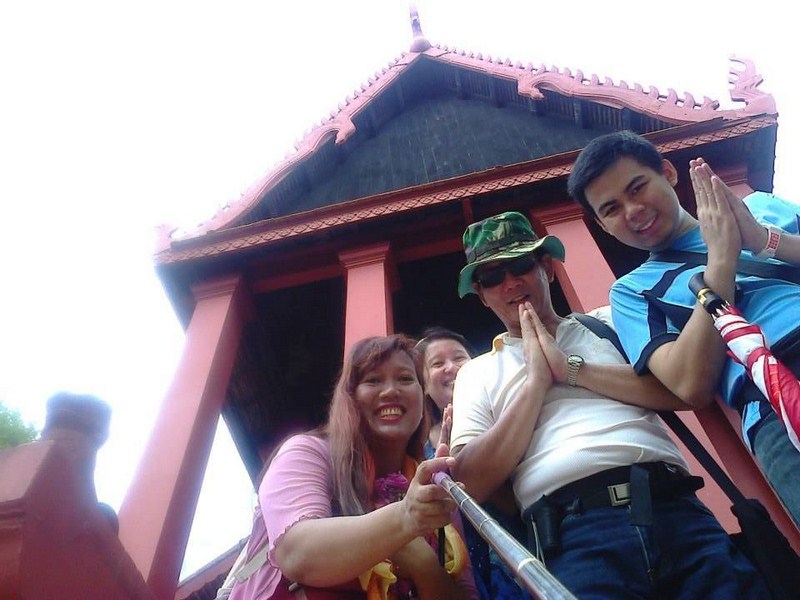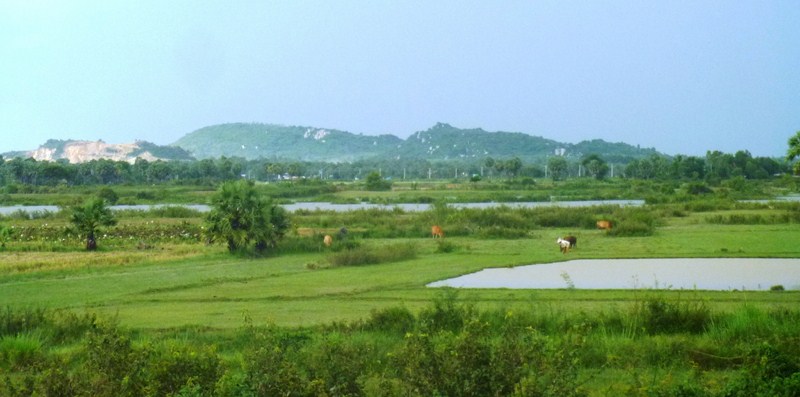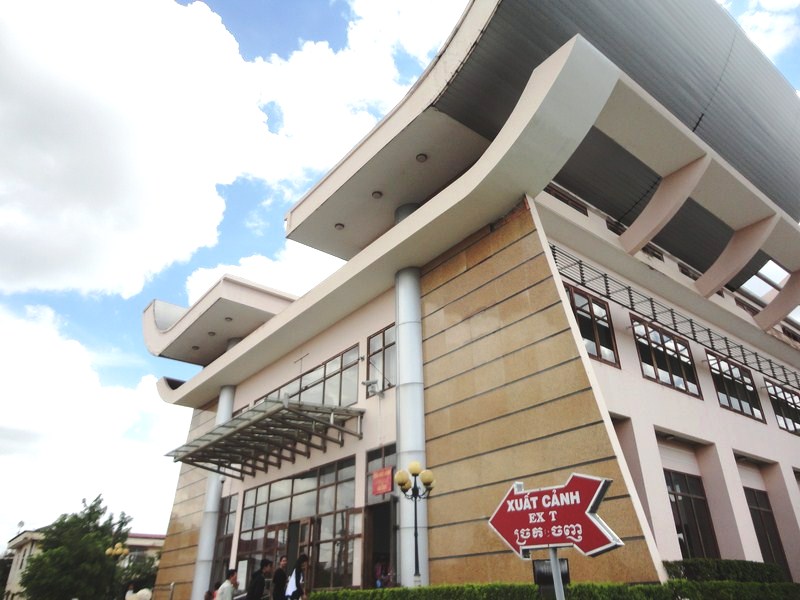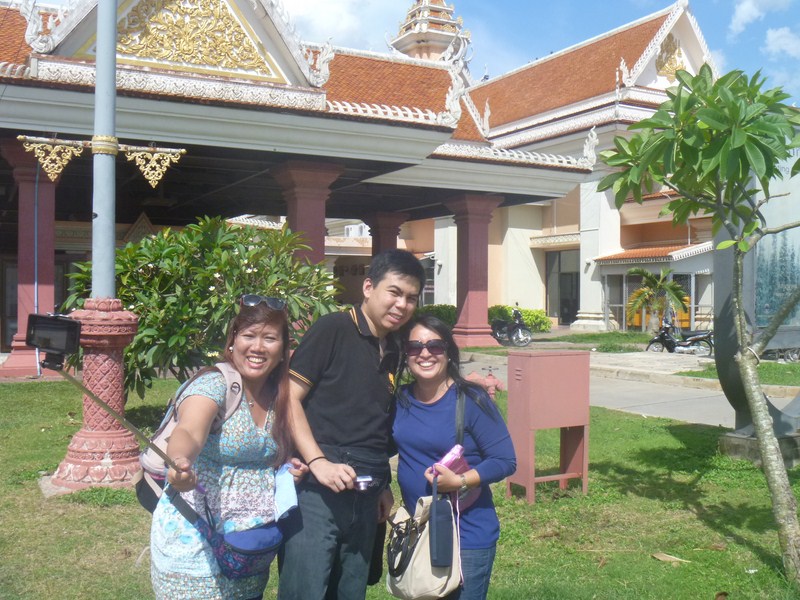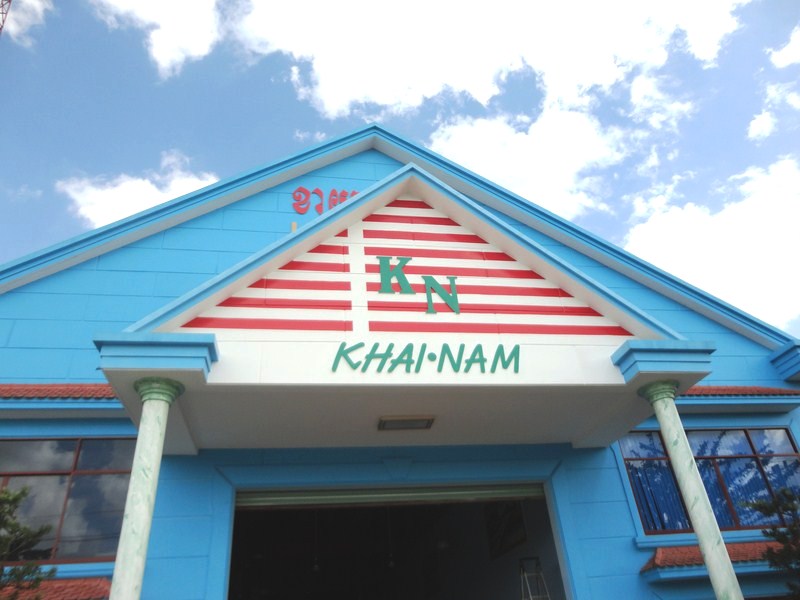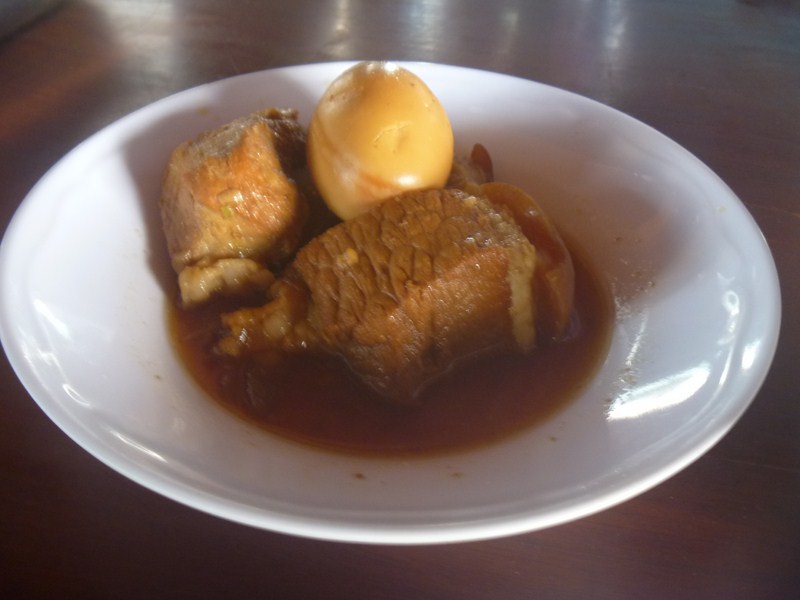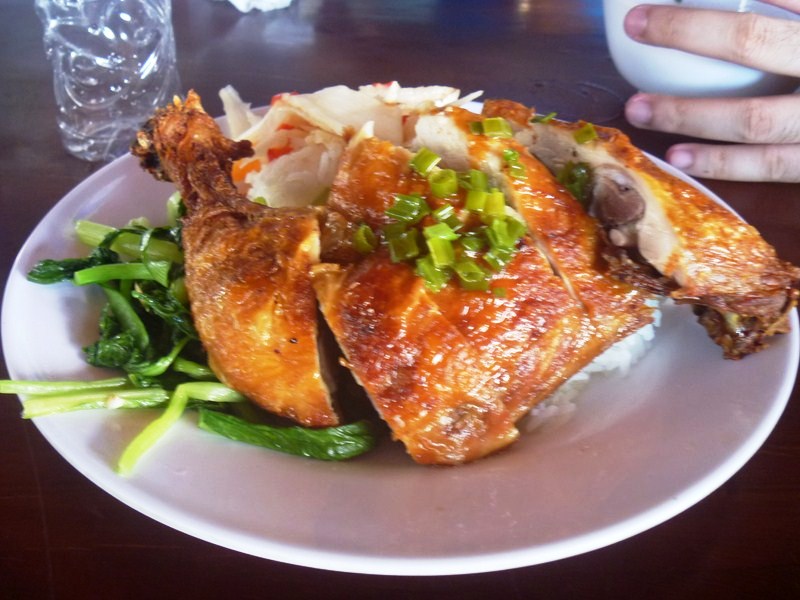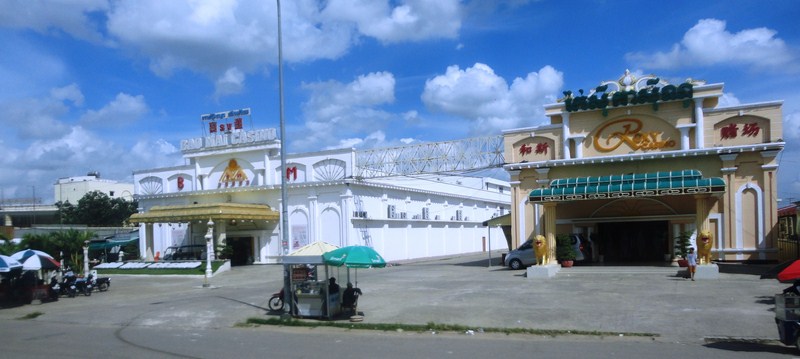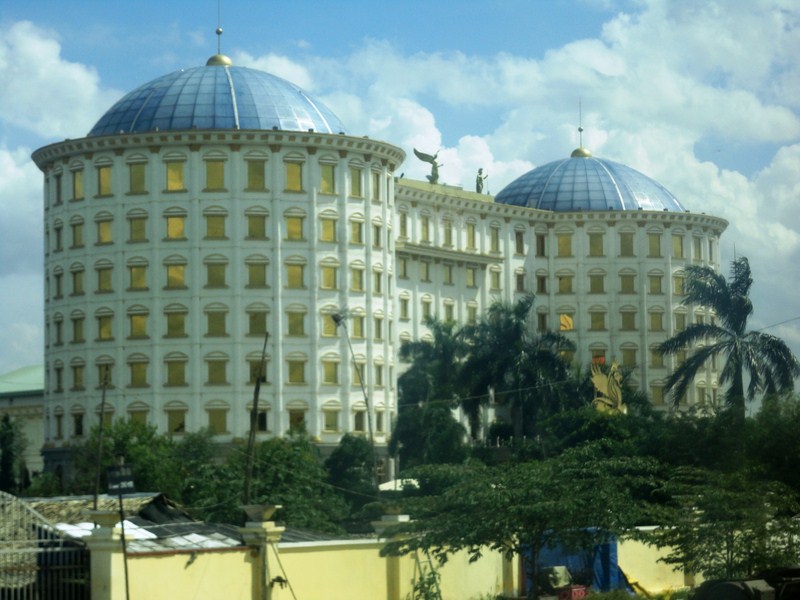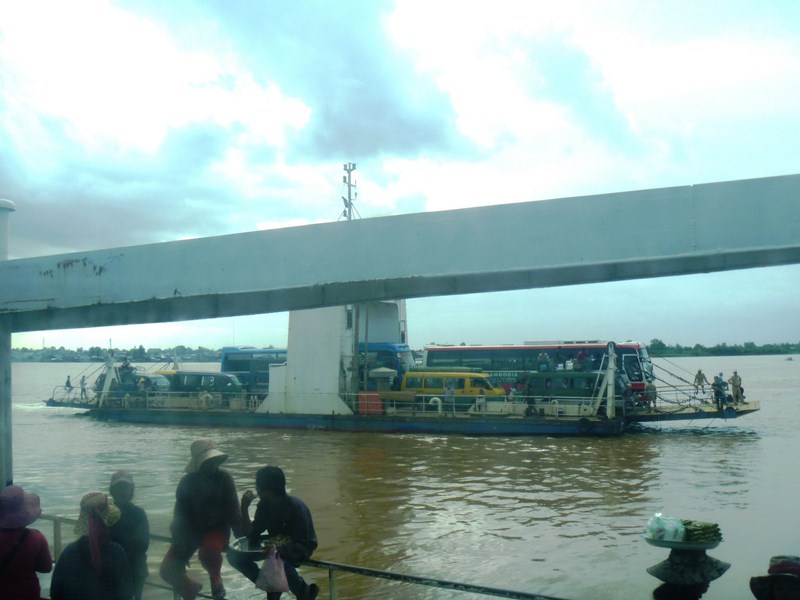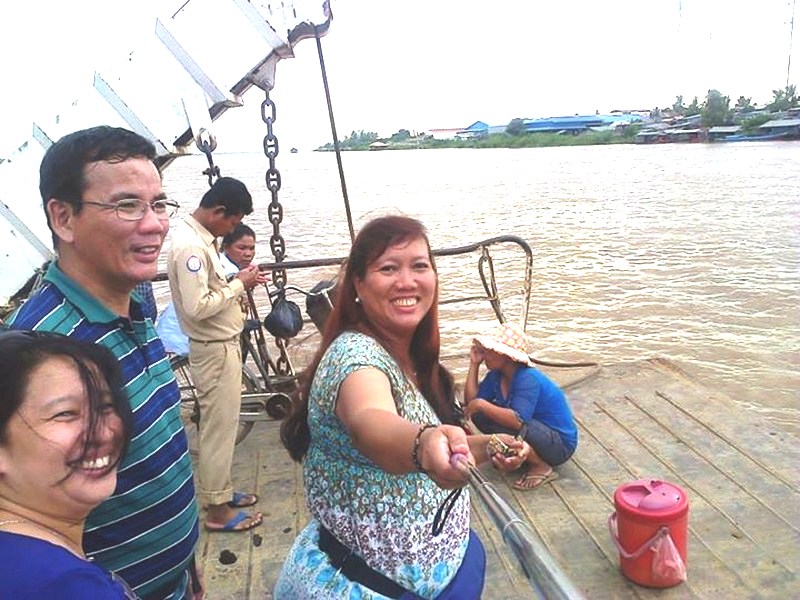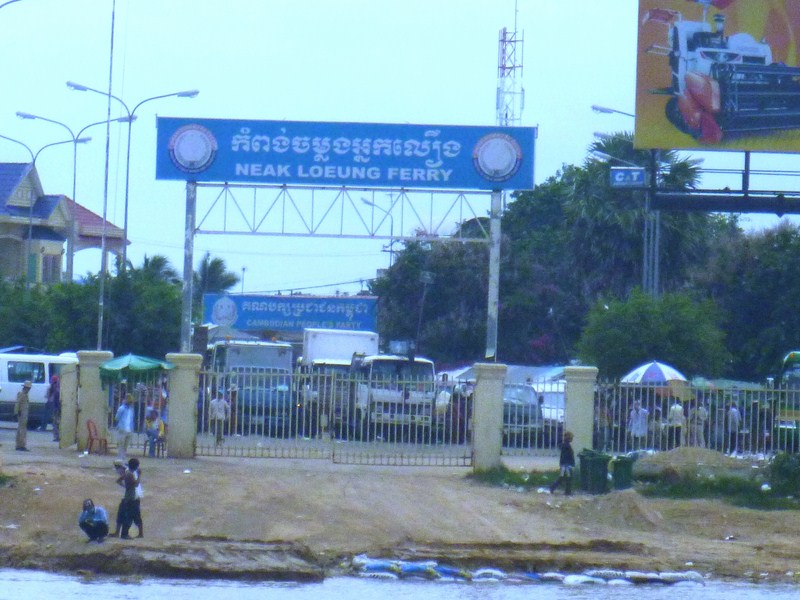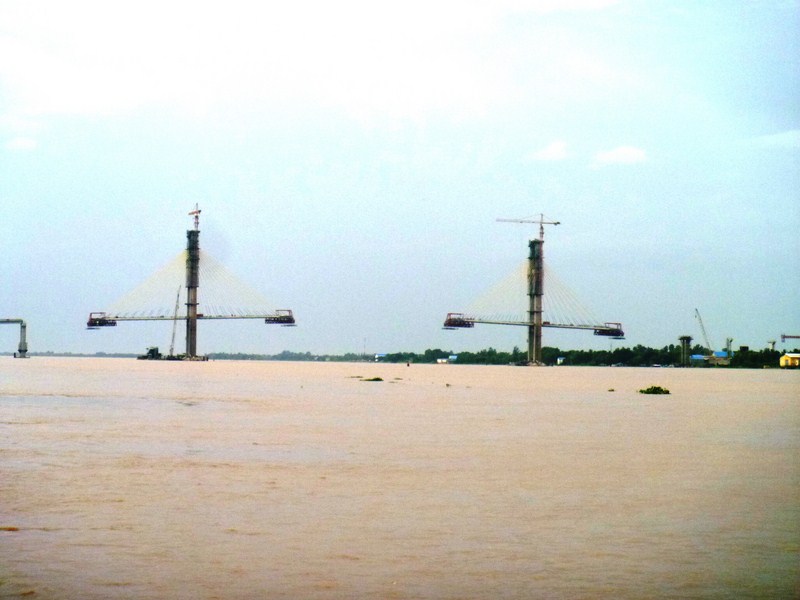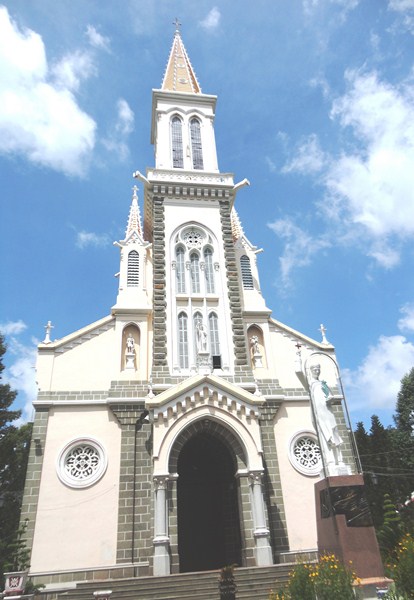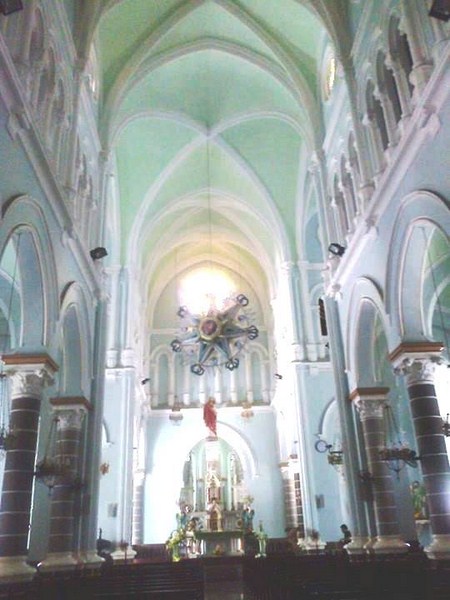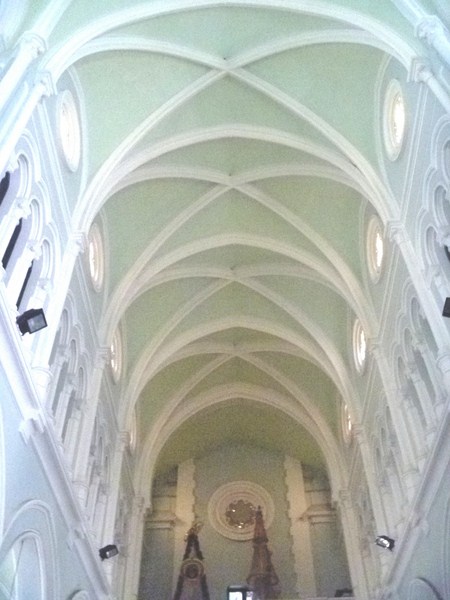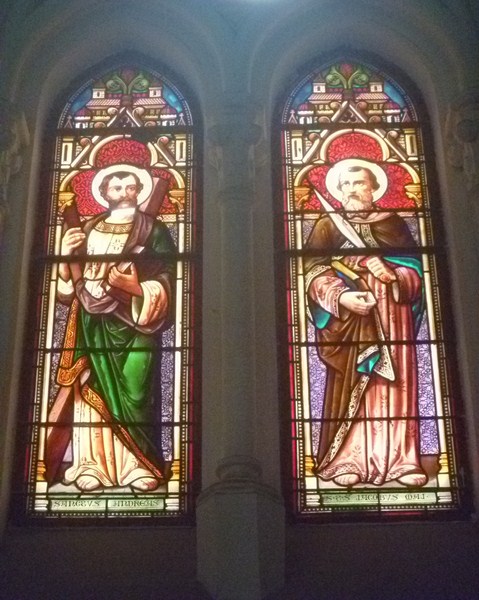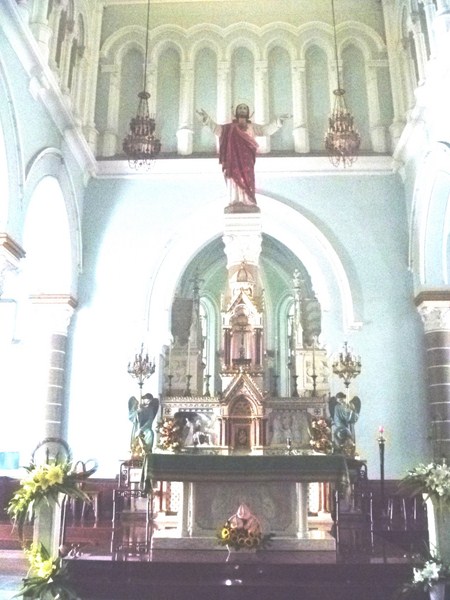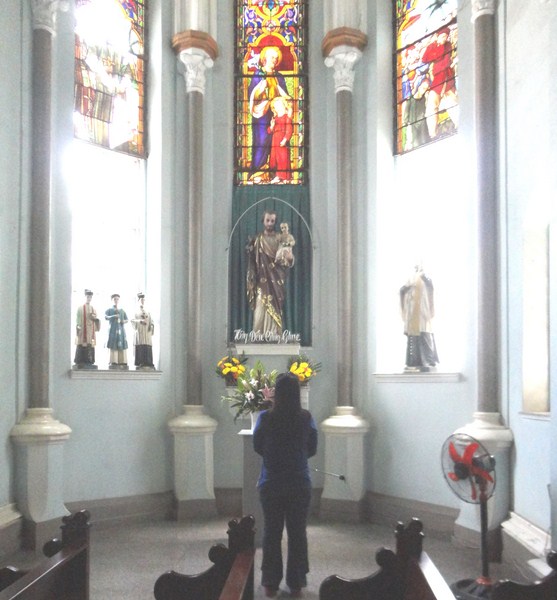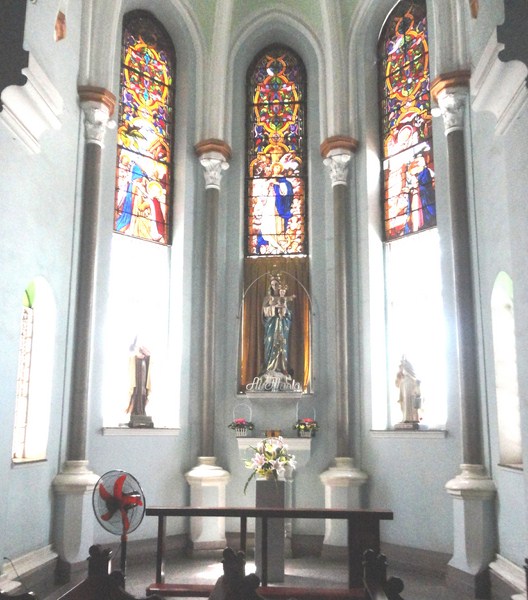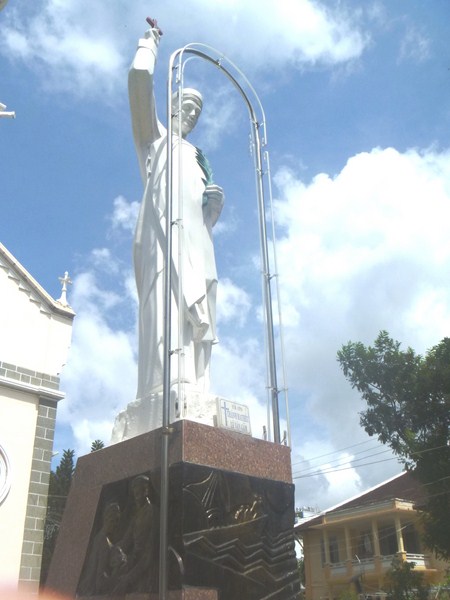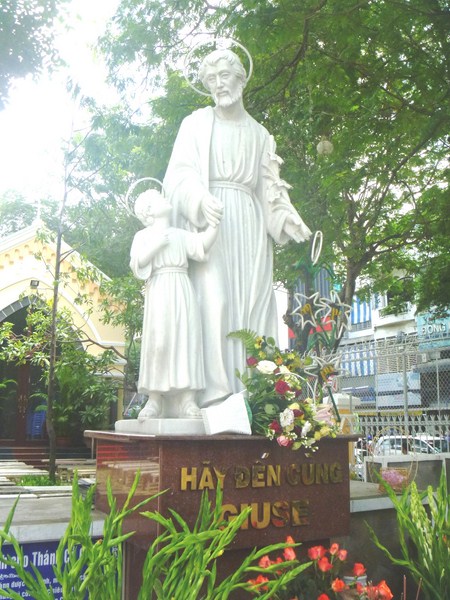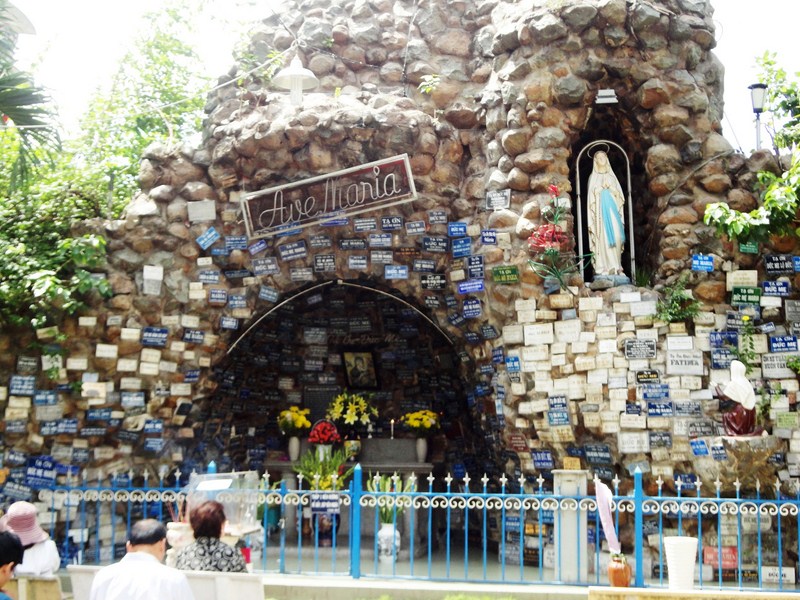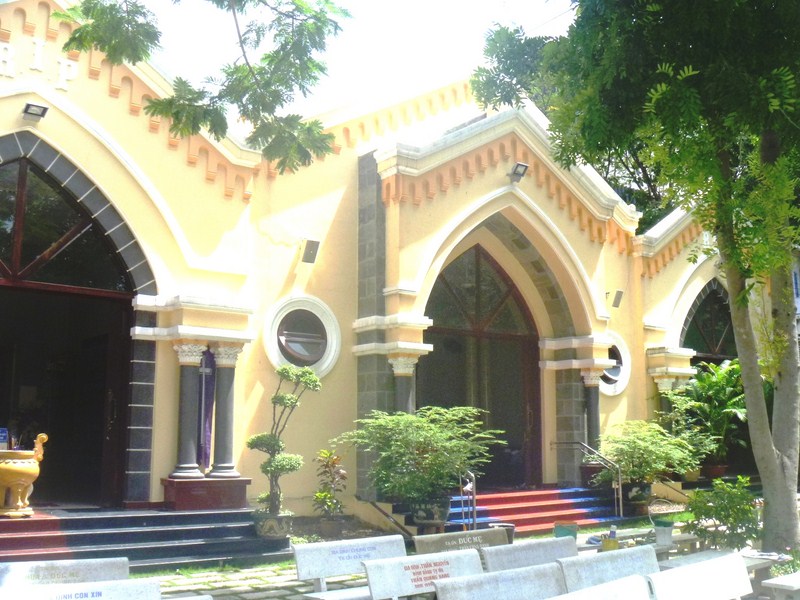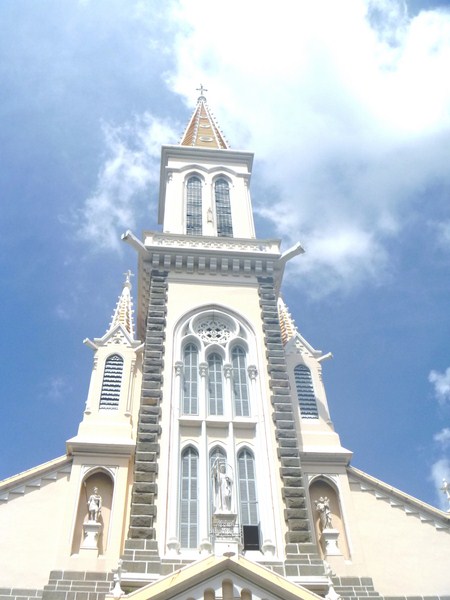Jandy and I were to leave Phnom Penh for Siem Reap on the 7 AM Aero Express bus, so we woke up early, picked up our complimentary packed breakfast, checked out of the Elite Boutique Hotel and were picked up by our free coaster service, with Osang and Violet now on board, that would bring us to Central Market where our airconditioned bus was parked. Bus travel is the cheapest and the most popular means of overland transport between Phnom Penh and Siem Reap.
We loaded our luggage at huge baggage storage compartment at the side of the bus, below the passenger deck, stored our hand carried bags at overhead racks and occupied a row of reclinable, side-by-side bucket seats with armrests. Our bus had an on-board toilet, ideal for the long haul trip that awaited us.
As the road from Phnom Penh to Siem Reap is under construction, our 319.6-km. long trip was likely to take at least 7 hours no matter which bus we took. As we left the market, our bus slowly negotiated the mild traffic of the city center.
Once out of the city, the road quality of Highway No. 6 changed dramatically, with frequent potholes and sometimes the road wasn’t even paved. Due to the road construction, we encountered some traffic bottlenecks that slowed down the traffic a bit.
However, we were also ushered into some interesting, though not spectacular, rural scenery as we observed small villages filled with traditional or modern stilted houses, rice paddies, small but pretty temples, distant mountains and rivers.
About 80 kms. out of the city, after crossing the Japanese Bridge, our bus passed the roundabout in Skun which has a statue of 2 children holding a bird. Highway No. 6 continued on to the left, going to Kampong Thom and Siem Reap.
About 206 kms. out of Phnom Penh, we arrived at the provincial capitol of Kampong Thom, We were now more than halfway into our journey and here we made a 30-min. lunch stopover at a restaurant located between Arunras Hotel and the market. The food served was mostly Cambodian fare.
After lunch, we again boarded our bus for the remaining uneventful half of our journey. At a little past 3 PM, our bus arrived at the main Chong Kov Sou bus station near Phsar Leu (the ‘Upper Market’), a couple of kilometers west of Siem Reap city center. The journey took just about 8 hours. On arrival, we got out our luggage and easily got a tuk tuk (US$1 per pax) to take us to the Bopha Angkor Hotel.

